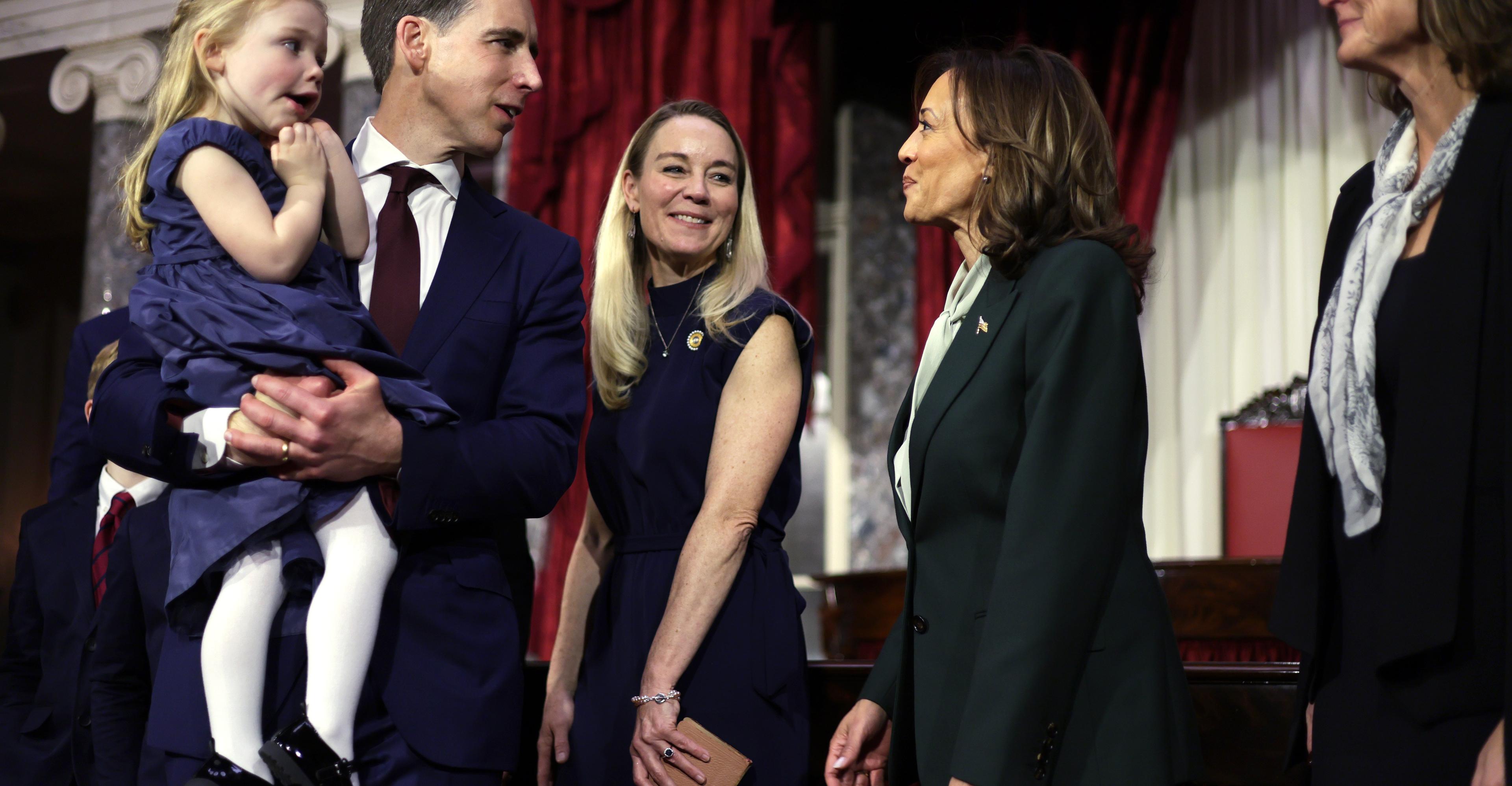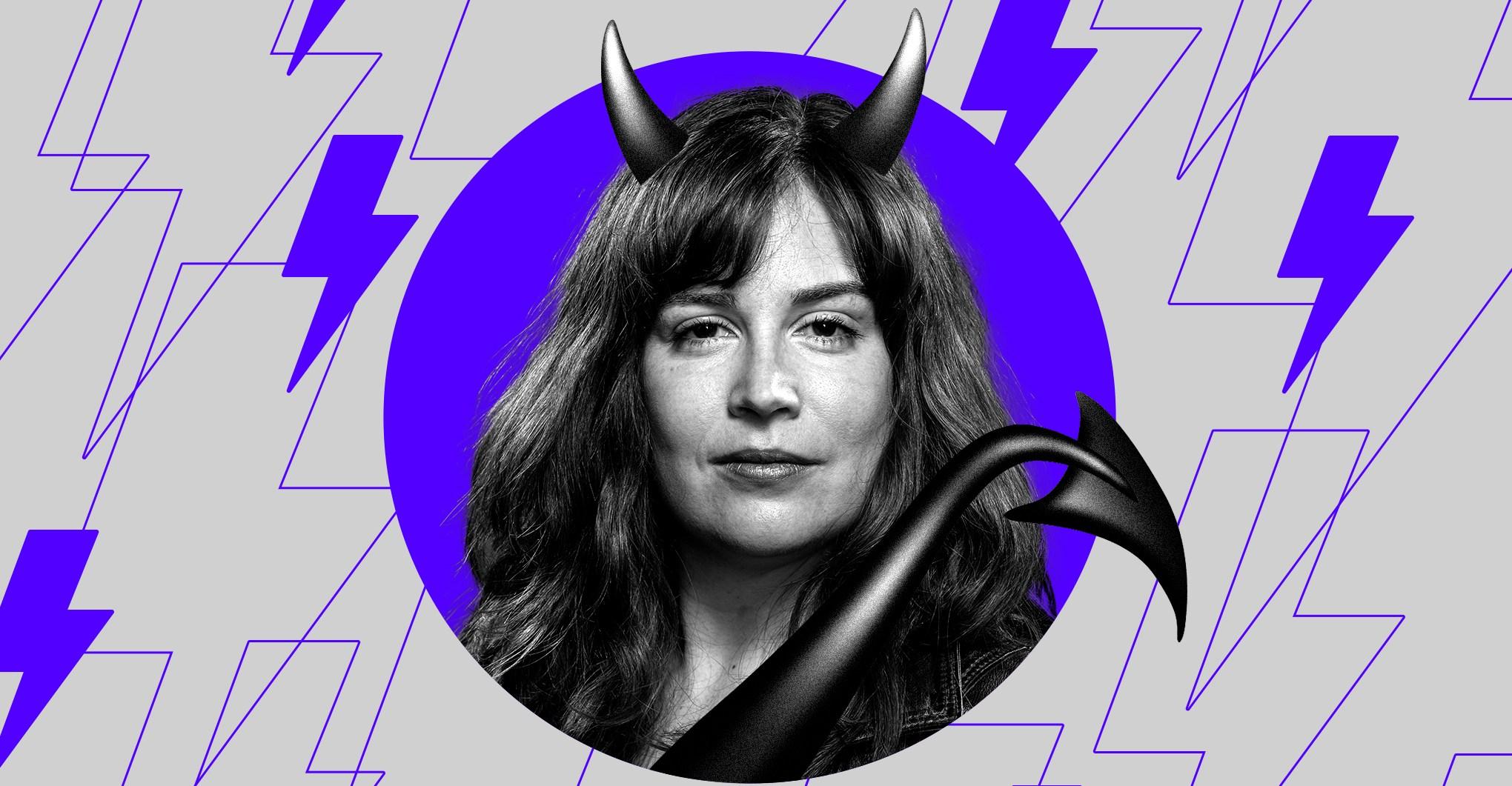How long will baby boomers keep working? For some, the answer is forever.


To grossly paraphrase Kim Kardashian, nobody stops working anymore. Just look at who’s in the running for the top job in the nation: a 77-year-old against an 81-year-old, both vying to keep working for another four years. Yet they’re in lockstep with a national trend — older Americans are working longer, into their 60s and even their 70s and beyond. Among Americans 65 and older, 19 percent were still working last year, which is almost a twofold increase from the late 1980s.
Last year, the average retirement age was 62, according to a Gallup survey, up from 59 in the early 2000s. Older people aren’t just delaying retirement, but working longer hours: On average, this group’s annual work hours are almost 30 percent higher than they were in 1987.
The question of why is hard to answer. People keep working because they want to and because they have to, and sometimes a mix of both. “You can think of it as both a reflection of empowered preferences to go work more and longer — versus curtailed savings that force you into the labor force. They’re both happening,” says economist Kathryn Edwards.
Joan Madden-Ceballos, a 65-year-old health care administrator in California, has no plans to retire. She enjoys her job; it’s flexible and fulfilling. She’s not sure what she’d do with herself if she didn’t work. “I’m a baby boomer, so work is sort of ingrained in our lives,” she says. “My daughter gets so mad at me. ‘You need boundaries!’ I’m like, that’s not something baby boomers know.” She’s also making the most money she’s ever made in her career, and that’s not a non-zero factor. “Five years ago, I got a divorce. At that point, my house was paid off — but now it’s only half paid off.”
Lori Hvizda Ward, 64, recently returned to teaching part-time after 27 years. “I was bored after pandemic restrictions were lifted, and my kids returned to college and high school full time,” she tells Vox. Her local school district needed more substitute teachers, and the flexibility of the schedule was a perk. But for her, too, it’s not only about personal fulfillment, but that pricey tuition too. “I thought it would be beneficial to have the extra income,” she says.
We have a tight labor market right now, which means there are a lot of open jobs desperate for workers — so college-educated workers who have good, interesting jobs can more easily choose to keep working. There’s also less of a social norm to retire at a certain age than before. But what’s also undeniable is that retirement security has gotten a lot less attainable, thanks to decades of stagnant wages, recessions, an intense few years of high inflation, and the disappearance of pensions.
Around the world, as people live longer — and face future shortfalls in government retirement funds — the age at which people get full retirement benefits keeps going up. Last year, French people staged massive, incendiary protests against a government proposal to raise the retirement age from 62 to 64; the law passed anyway. In the US, anyone born after 1960 doesn’t get full retirement benefits until they turn 67. You can retire at age 62, but you’ll get less money, which is a good incentive to keep working. Congress has continued to debate whether full retirement age should be nudged even higher.
Monique Morrissey, a senior economist at the Economic Policy Institute, says that not being financially secure is likely the bigger factor in why we’re seeing more older people work for longer. In 2022, according to the Survey of Consumer Finances, almost 43 percent of people between 55 and 64 didn’t have a retirement savings account. In just the past few years, there has been a spate of viral headlines about older Americans continuing to work difficult jobs out of necessity — like an 82-year-old man working as a Walmart cashier until a GoFundMe raised $100,000, or the 89-year-old man who delivered pizza to pay his bills until he, too, received $20,000 thanks to a fundraising campaign.
“It is really very much a tale of two types of older workers,” says Morrissey. “Half have it good and half have it bad.”
A tale of two workers — but it’s not always clear which is which
It’s true that part of why the American workforce is older is because Americans in general are older. The baby boomers — famously part of a generation in which many babies were born after World War II — are now in their 60s and 70s. Meanwhile, the birth rate since the post-war era has fallen steeply, jostling the age distribution of workers. The US is far from alone in facing a rapidly aging workforce. It’s happening across the globe in rich nations, as their populations age amid decades of falling birth rates. In Japan, almost 40 percent of workers are projected to be 55 and older by 2031.
Yet the fact that there are more older Americans doesn’t totally explain the older worker phenomenon. Just look at the labor force participation rate, which measures the percentage of people 16 and older who are employed or looking for work. From about 1950 to 1990, the participation rate of people 65 and older had fallen a lot. “That’s largely attributed to a larger share of the workforce getting Social Security, and it was regarded as a good thing,” says Edwards. Since the early ’90s, though, we’ve seen that trend reverse.
The median age of a working American today is now 42, and what’s more, in the last few decades the participation rate of people 75-plus has increased more than that of people 65-plus. Some theories why: Americans are living longer today than in the 1980s (though Covid actually dropped the US age expectancy by a couple years, and life expectancy at age 65 in the US isn’t great compared to other wealthy nations). The share of 75-and-older workers, as a group, is more likely to include people who want to keep working rather than are forced to do so by financial circumstances, says Morrissey. Data from Pew shows that older workers are more likely to be self-employed. That may give them a little more independence to work flexible hours or to reduce work hours as they age rather than retire completely.
Technology has made some jobs in some industries physically easier to perform — you can now even do work from the comfort of your home. That doesn’t mean hard labor has gone away. “There’s this idea that people used to dig ditches or they were farmers, and now they’re sitting in front of a computer,” says Morrissey. “No, they’re not. They might be stuck, if they’re lucky, stocking shelves or waiting tables, but those are not easy jobs.”
One common industry for older workers, particularly older women, is caregiving. “Working in nursing homes or in people’s homes is very physically demanding and has very high injury rates,” Morrissey says. A third of home health care workers are 55 and older, according to the Bureau of Labor Statistics (BLS). A study of care workers in NYC shows a much higher distribution of older care workers than there is in other industries. Bus service and urban transit workers are also outliers, with a median age over 50.
According to the Schwartz Center for Economic Policy Analysis, more than 40 percent of older Black and Latino workers — people between 55 to 64 — work “physically demanding jobs” like farming, truck driving, delivery, and more. A quarter of white older workers do. It also varies by education: Over 40 percent of workers 55 to 64 without a college degree worked physically demanding jobs as of 2018, as did almost a third of those 65-plus without a degree.
Older people in physically demanding jobs are also less likely to be earning enough to save a lot for retirement, or to have access to an employer-sponsored retirement account. If they retire too early, they won’t get full Social Security benefits — but sometimes they don’t have a choice if they become disabled. “All of the things that make it more likely that they didn’t save enough would also make them less likely to be able to work longer,” says Edwards. Of the workers in physical jobs who can keep working, we see many working to an older age because they need to, says Morrissey.
And while age discrimination is a real and serious problem, hard, low-paying jobs — say, janitorial or caregiving work — are often less likely to reject candidates for age reasons, so it may be exactly the thing they turn to.
Retirement is still a fairly new idea
The idea that people stop working when they get older is still pretty fresh in the grand scheme of human history. It didn’t arise until the modern labor market did, according to Edwards, when lots of people started selling their labor to others rather than work on their family farm.
“Before Social Security, most people’s retirement plan was death,” says Edwards. “Dying on the job, dying in your kid’s house. This whole notion of an independent, work-free retirement is truly a modern one.”
Social Security remains the nation’s biggest anti-poverty program — by a factor of about four, Edwards adds — and mostly thanks to it, elder poverty has plummeted since the 1950s. But the program is currently on the path to a deficit by 2034 because the US is not collecting enough from the highest earners, explains Edwards. Social Security tax only applies to the first $168,600 someone makes in a year; in the last few decades, wage inequality has shot up, with a lot of income growth at the very top and mostly stagnant pay everywhere else. That means the amount of money not going toward Social Security has ballooned — and that the highest-income Americans pay a much lower effective tax rate than the lowest earners do.
The program also wasn’t designed to be someone’s only retirement plan, yet people have become increasingly reliant on its benefits because they can’t save enough, and most don’t have pensions. It was meant to provide a floor for Americans, a safety net. “But we’re creating a labor market in which many people live at the floor,” says Edwards.
A Credit Karma survey last year found that over a quarter of people 59 and older had no retirement savings. Part of the problem is that access to a retirement account varies greatly by industry and whether or not you’re a high earner. Pensions are now extremely rare, unless you work in the public sector, and only about half of workers have a retirement plan offered through their private employer. Low earners, people of color, and women are even less likely to have access to employer-sponsored retirement accounts.
Last December, the average payment for Social Security retirement benefits was $1,905. Whether Social Security is enough to live on depends on many factors, including marital status, debt, health care costs, and how high the cost of living is where they live. According to the BLS, about 81 percent of people between 65 and 74 are homeowners, but 30 percent still have a mortgage; 19 percent are renters.
While Americans’ access to employer retirement plans is spotty, every working person pays Social Security taxes. Shoring up Social Security so that it is both well-funded and pays more, and ensuring all of its benefits are easy to access, would do a lot toward giving people retirement security — particularly for those who need it most, those who don’t work cushy jobs with generous salaries, stock rewards, or 401(k) contributions matched by their employer. Retirement is a modern concept, and it deserves to be further modernized.
The fact that there are divergent reasons why Americans are working longer doesn’t change the path forward — which is to make it easier for those who do want to quit working earlier.
When trying to figure out what’s going on in a labor market — like why people are working longer — it’s important to keep in mind that it’s a reflection of both people’s preferences and their constraints, says Edwards. “Both predict an outcome, and it’s not clear which one is ruling the day.” Often, individuals aren’t quite sure themselves whether it’s a preference or constraint that has led to delaying retirement. But, says Edwards, “Policy’s job is to change the constraints, knowing that preferences are varied.”
Beyond fixing Social Security, Morrissey notes, we could change these constraints for older workers with better labor standards and protections, as older workers face a high rate of workplace injury, as well as better pay for workers of all ages — so that people can actually save more.
“A lot of what would help older Americans would help all Americans,” says Morrissey.

Inside Trump’s “no data, just vibes” approach to science
- a day ago

Pakistan and India exchange lists of prisoners and nuclear installations
- 15 hours ago

PM orders all ministries to fast-track investment recommendations
- 15 hours ago

The 19 predictions that came true in 2025 — and the 4 that didn’t
- a day ago
Jokic avoids serious knee injury, to miss 4 weeks
- 13 hours ago
Suns guard Green fined $25K for using profanity
- 13 hours ago

You can’t trust your eyes to tell you what’s real anymore, says the head of Instagram
- an hour ago
At the start of the new year, PSX hits new milestone crossing 176,000 points
- 13 hours ago

The political backlash to AI is overstated
- a day ago
Porzingis (illness) to return Wed. for sliding Hawks
- 13 hours ago

2025, in 8 minutes
- a day ago

PM Shehbaz Sharif directs to digitize oil and gas supply chain
- 10 hours ago








